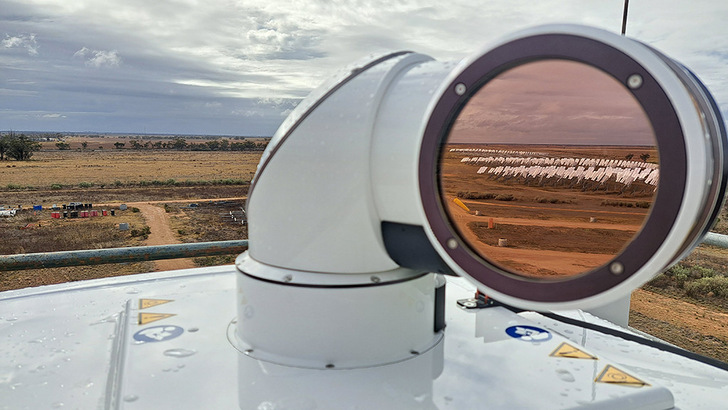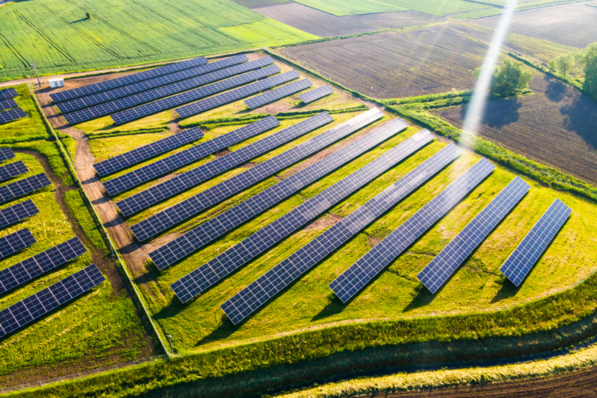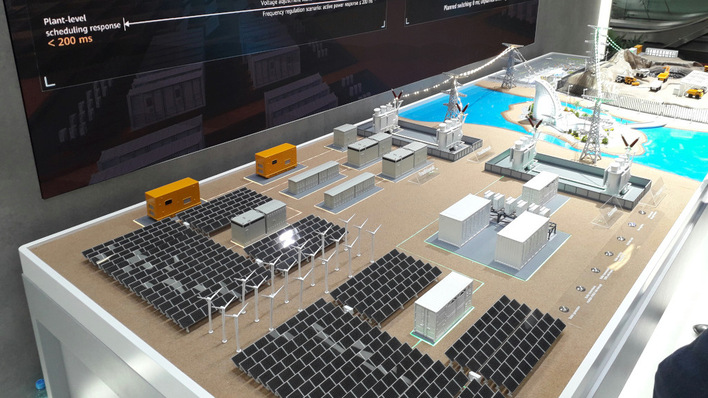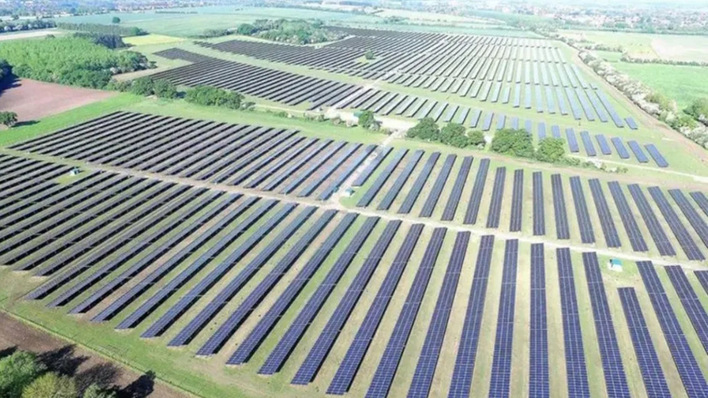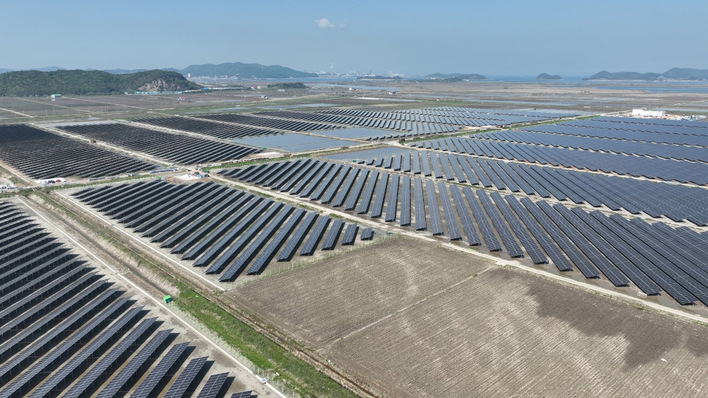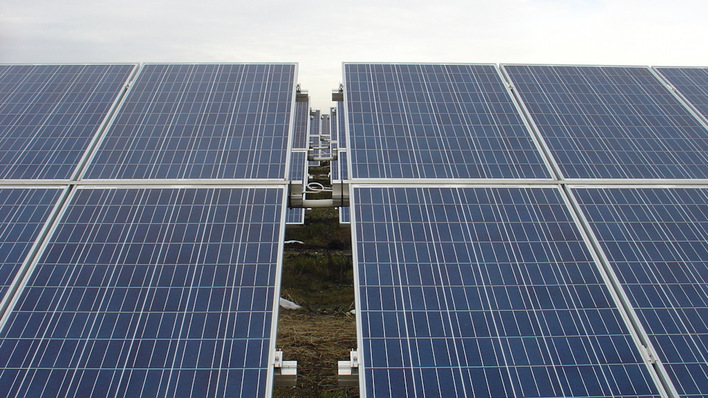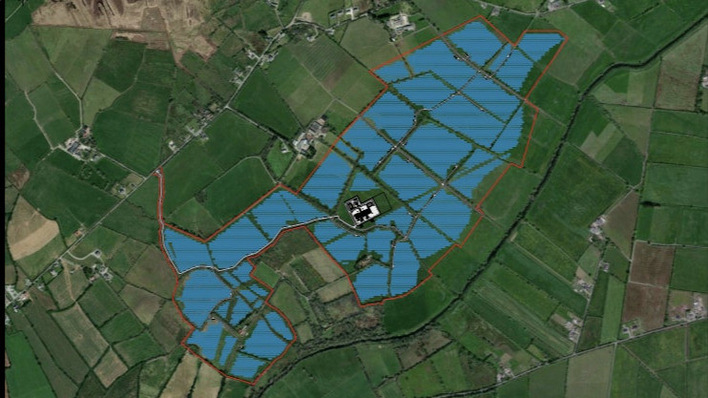As extreme weather events become more frequent, their financial toll on solar projects is growing. The scale and cost of these hazards are considerable. Industry data and insurance reports show that weather-related damage now makes up a rising share of solar project losses, with repair and replacement costs often running into millions per incident.
Recent examples highlight risks
Several incidents worldwide underscore the vulnerability of solar assets to extreme weather:
North Wales, 2024 – Storm Darragh hit the Porth Wen Solar Farm with winds reaching 155 km/h, destroying hundreds of panels and causing significant downtime.
Queensland, Australia, 2023 – Cyclone Jasper caused severe damage to a solar project near Cooktown, exposing gaps in wind mitigation measures.
West Texas, USA, 2019 – A massive hailstorm destroyed more than 400,000 PV panels, triggering a record-high insurance payout for the industry. Hail makes up just 1.4% of solar insurance claims but accounts for 54% of total claim costs.
Portfolio-level screening study
Vaisala, a leader in weather and environmental measurement and forecasting, conducted an internal study of nearly 1,000 solar sites worldwide to evaluate exposure to high wind risks. The findings were striking: 68 percent of the sites were classified as medium or high risk for wind-related damage.
This high-level screening used global reanalysis datasets to assess the frequency and intensity of short-duration wind ramp events – rapid spikes in wind speed that can exceed tracker stow thresholds and threaten infrastructure integrity. By combining high-frequency reanalysis data with site metadata, each solar facility was categorised as low, medium or high wind risk based on the historical frequency of such events. The aim was not to replace detailed engineering assessments, but to offer a scalable method for prioritising sites potentially vulnerable to operational disruption from sudden wind conditions.
How advanced weather intelligence boosts solar power plant resilience
The analysis revealed clear geographic patterns. A high concentration of medium- and high-risk sites was identified in the southwestern United States. Other regions with elevated exposure included Southern Europe, North and Southern Africa, the Middle East and parts of Central Asia. These findings align with established wind patterns in semi-arid and desert climates, where calm conditions can quickly give way to damaging gusts, often with little warning.
The smarter E Europe – a blueprint for tomorrow's energy
While the study was not designed to produce project-specific mitigation plans, it offered valuable insights for asset managers and developers looking to strengthen resilience planning. In particular, it highlighted where current strategies – such as static stow thresholds or limited wind sensing – may be insufficient. For sites in higher-risk areas, the findings provide a data-driven basis for exploring advanced situational awareness tools, such as remote wind sensing, to support smarter stowing decisions and safeguard long-term project performance.
Technologies for mitigating extreme weather hazards
To strengthen resilience against severe weather events such as high winds, thunderstorms and hail, solar farms can adopt a range of complementary strategies.
Traditional in-situ weather sensors such as wind and precipitation monitors provide precise, hyperlocal data on current conditions, which is highly valuable for optimising operational energy production. However, they are less effective for improving resilience to extreme weather, as it is often too late to react once a wind gust or hailstorm has already reached the site.
In contrast, SaaS-based solutions such as those using forecast models, lightning detection networks and storm tracking can provide early warnings for approaching hail or thunderstorms. These systems are quick to deploy and require no upfront hardware investment.
For high winds, remote sensing technologies such as scanning Doppler wind lidars offer a significant advantage by detecting wind ramps at a distance. This gives operators critical lead time to stow panels safely and avoid unnecessary energy losses caused by overly conservative stowing strategies. Combining these approaches supports a smarter, layered defence against extreme weather.
Applied technologies for weather resilience
At RayGen’s Carwarp solar and storage facility in Australia, the operator deployed the Vaisala Windcube Scan Doppler wind lidar. This advanced remote sensing system provides real-time, three-dimensional visualisation of wind patterns across the site, offering up to 20 minutes of lead time before a wind ramp arrives. With this insight, RayGen can take timely action to protect its heliostats by stowing them only when necessary, reducing unnecessary downtime while avoiding damage.
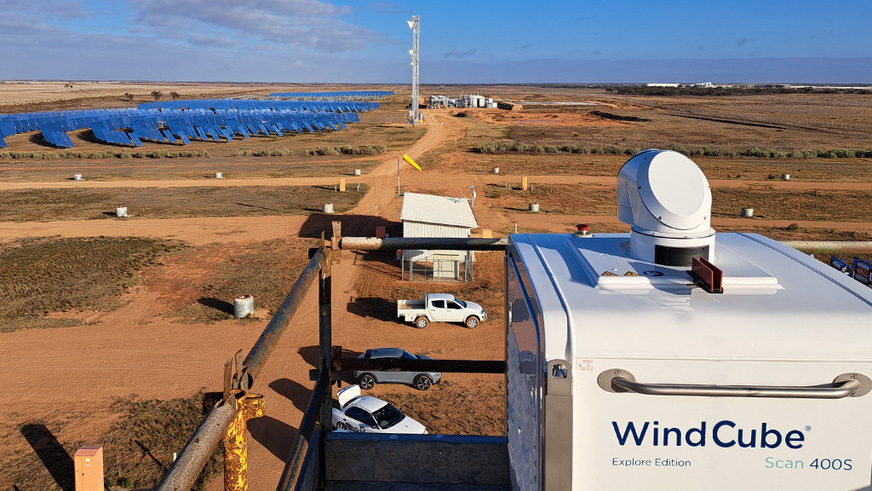
Vaisala
In Spain, a 50 MW solar facility in Castilla-La Mancha faced recurring hail threats. By integrating SaaS-based forecasting systems that issue early warnings for hail and thunderstorms, along with automated tracker stowing, the site successfully avoided major hail damage during two severe weather events. These proactive strategies have preserved infrastructure and reduced downtime compared to conventional stowing methods.
Building resilience across the solar lifecycle
True weather resilience goes beyond simply reacting to forecasts. It requires embedding intelligence and adaptability throughout the entire project lifecycle.
Planning and design: Use historical weather data and long-term models to inform site selection, tracker design and material choices. Prioritise locations with lower wind and hail risk profiles.
Construction: Choose mounting systems and panel technologies designed for site-specific hazards, including wind-rated frames, appropriate piles foundations, and hail-resistant glazing.
Construction: Choose mounting systems and panel technologies designed for site-specific hazards, including wind-rated frames, appropriate pile foundations and hail-resistant glazing.
Repowering & optimization: Regularly reassess climate risk using updated models, and enhance systems with the latest sensing and forecasting technologies.
The rising threat of severe weather doesn’t have to mean rising uncertainty. By adopting smart, proactive mitigation strategies, solar stakeholders can protect assets, secure returns and support long-term operational success. (Rémy Parmentier/hcn)
Rémy Parmentier is the Head of Solar & Hybrid at Vaisala, where he leads strategy and business development for the company’s solar energy portfolio. With a PhD in physics and a decade-long track record advancing wind LIDAR R&D, he drives innovation at the intersection of renewable energy and advanced weather monitoring technology.


